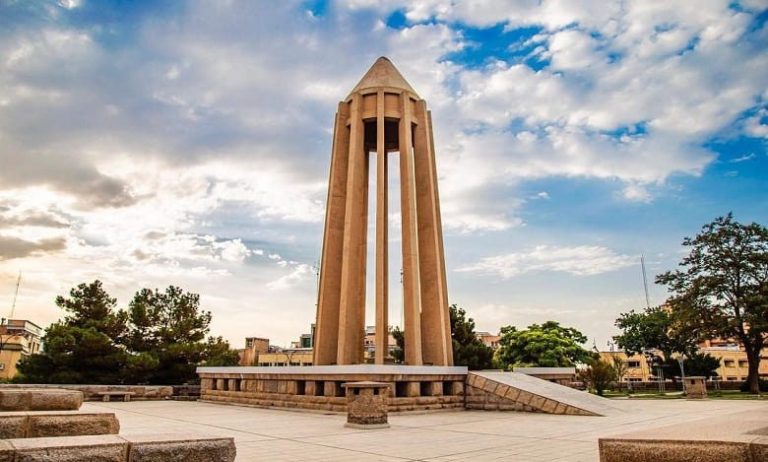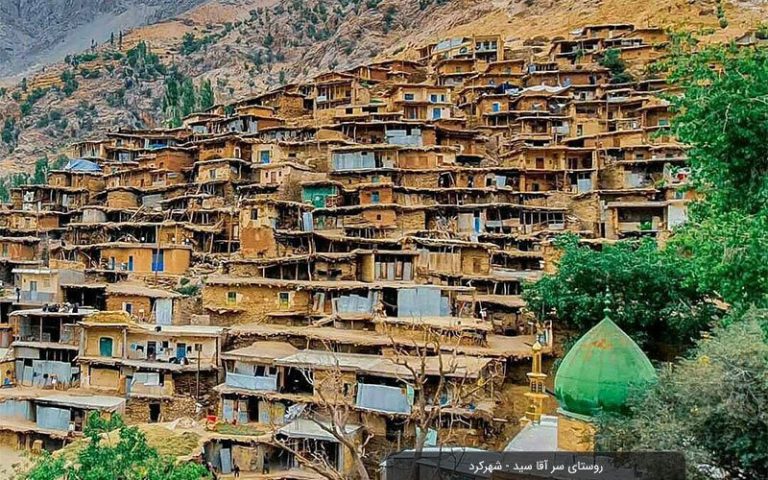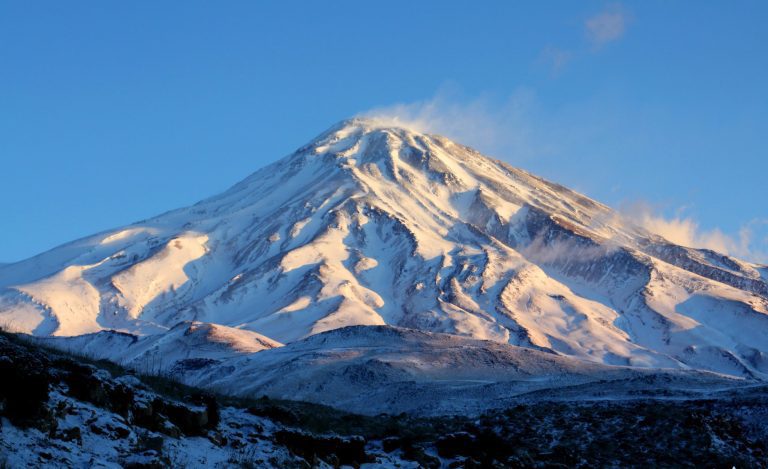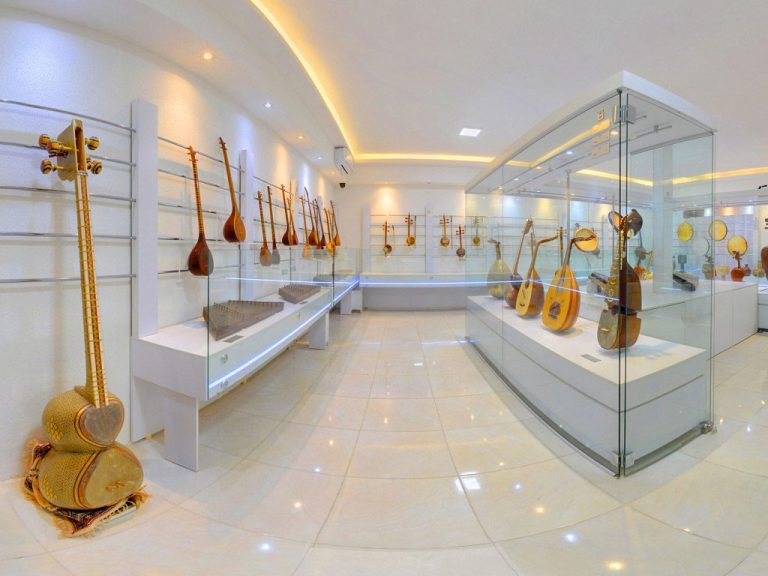Welcome to Tehran city
Tehran is the capital of Iran and its biggest city. This city is the center of political and economic activities in the country. The population of this city is over 12 million people during the day and encompasses lots of historical monuments in itself. To travel to Iran, you’d first step in Tehran…
The history of habitation in tehran goes back to five hundred years before the birth of Christ and was then considered the village of Rey. Its process of becoming a metropolis has been very slow over the last century. Since Safavid era, Tehran gained relative importance and this importance caused the construction of several portals for the entering and exiting caravans. In Qajar period, this small city was appointed as the capital and from then on, it radically pursued the path of development and evolution. But its rapid growth took shape in Pahlavi period that led Tehran city to begin a new course of civilization and also a radical growth in population.

Tehran got appointed as the capital in the time of Agha Mohammad Khan and started growing since then. Mosques and regions were added to this city and the wall around the city grew rapidly and it got to a six kilometer of length. In the time of Mohammad Shah Qajar (the third king of Qajar) a great event happened in the history of Tehran which was the transference of the water of Karaj River to Tehran flowing now in the middle of the present Keshavarz Boulevard. This boulevard is in the center of the city and the famous Espinas Hotel is in front of it. Construction in the urban boundary of this city in Nasereddin Shah’s time was moved beyond the boundary and royal palaces, aristocratic belvederes, embassies and the foreigners’ houses were all built outside the city.

The population of Tehran was then recorded 150 thousand people. The present visage of Tehran is a memorial of the development and advancement in Pahlavi era especially the second Shah of Pahlavi. It was in that time that all the walls and trenches around the city were removed and new buildings and constructions like banks, foreign minister, municipality, railroad, radio station, and several hospitals were added to Tehran. Moreover, the presence of cars in Tehran caused the construction of rather ordered streets. In the second Pahlavi era and after World War II, this development rose up day by day and the country’s population reached 4.350.000 in 1977.

After the establishment of the regime of Islamic Republic in the country, the imposed war between Iran and Iraq took place and this slowed the development of the city down. The avian bombardments of Tehran by Saddam forced many people to migrate outside the city and made the city not to thrive for a while. After the war, technological advancement of the city made Tehran develop to some point. Now the distance from east to west is about 50 kilometers and north to south about 50 kilometers. The interesting point about the population is the inflow of people entering Tehran for work during the day which is about 13 million and is about 8.5 million over night (This census is approximate and was gathered in 2016).
Tehran is not only the capital city of Iran but also its largest and most populous metropolis, situated at the foot of the towering Alborz mountain range. Here are some more details about this city :
History: While Tehran’s origins can be traced back to pre-Islamic times, it rose to prominence as the capital of the Safavid dynasty in the 16th century. Over the centuries, it has served as the capital of various Iranian dynasties and witnessed significant growth and development, especially during the Qajar and Pahlavi eras.

Culture and Diversity: Tehran is a melting pot of cultures, with a diverse population comprising people from different ethnicities, backgrounds, and walks of life. This diversity is reflected in the city’s vibrant art, music, cuisine, and festivals. You’ll find a blend of traditional Persian culture alongside modern influences.
Modern Infrastructure: As the economic and political center of Iran, Tehran boasts modern infrastructure, including extensive transportation networks, skyscrapers, shopping malls, and cultural institutions. Despite its modernization, the city still retains pockets of historical charm and traditional neighborhoods.
Education and Innovation: Tehran is home to several prestigious universities and research institutions, making it a hub of education and innovation in Iran. The city’s academic community contributes to advancements in various fields, including science, technology, and the arts.
Economic Hub: With a diverse economy fueled by industries such as finance, manufacturing, technology, and tourism, Tehran plays a crucial role in Iran’s economy. Its strategic location and business-friendly environment attract domestic and international investment.
Cuisine: Iranian cuisine is celebrated for its rich flavors, aromatic spices, and diverse dishes. In Tehran, you’ll find an abundance of traditional Persian restaurants, as well as international eateries offering cuisines from around the world. Don’t miss trying dishes like kebabs, stews, and fragrant rice dishes.

Parks and Recreation: Despite being a bustling metropolis, Tehran offers plenty of green spaces and recreational areas where residents and visitors can relax and unwind. Parks like Mellat Park and Park-e Shahr are popular destinations for picnics, sports activities, and leisurely strolls.
Religious Sites: Tehran is home to various religious sites, including mosques, churches, and synagogues, reflecting the city’s religious diversity. One of the most prominent landmarks is the Shah Mosque (formerly known as the Imam Mosque), known for its stunning architecture and historical significance.
Overall, Tehran is a dynamic city that combines rich history, cultural diversity, modernity, and natural beauty, making it a fascinating destination for travelers seeking an authentic Iranian experience.




















